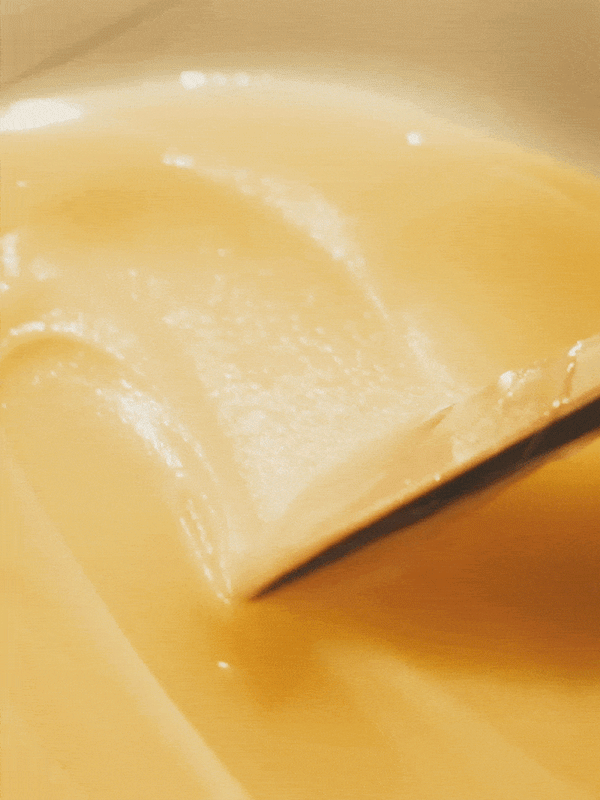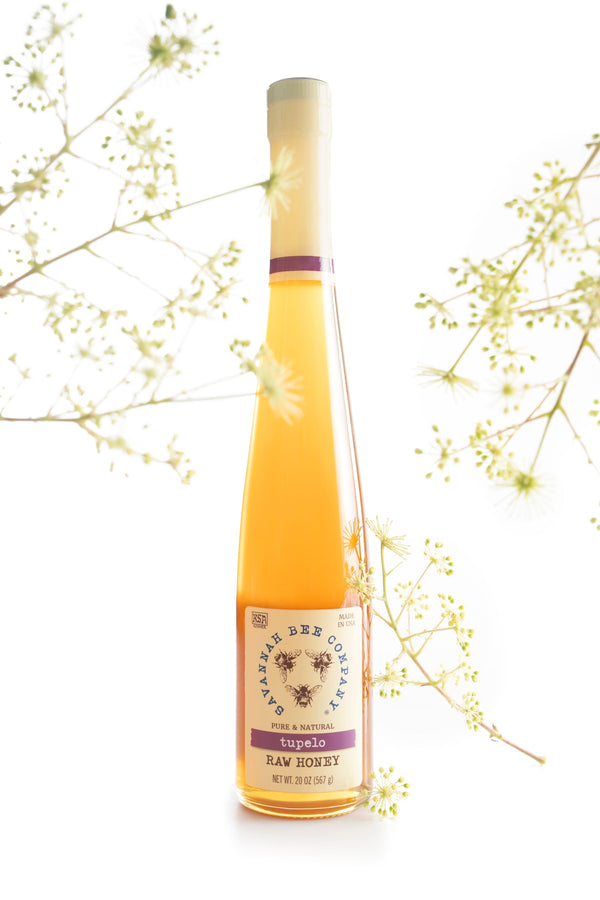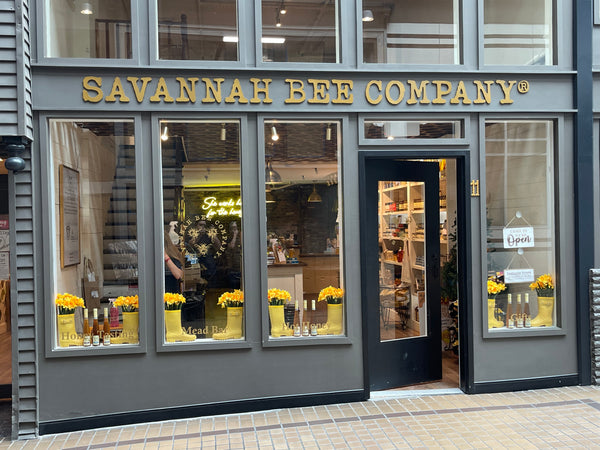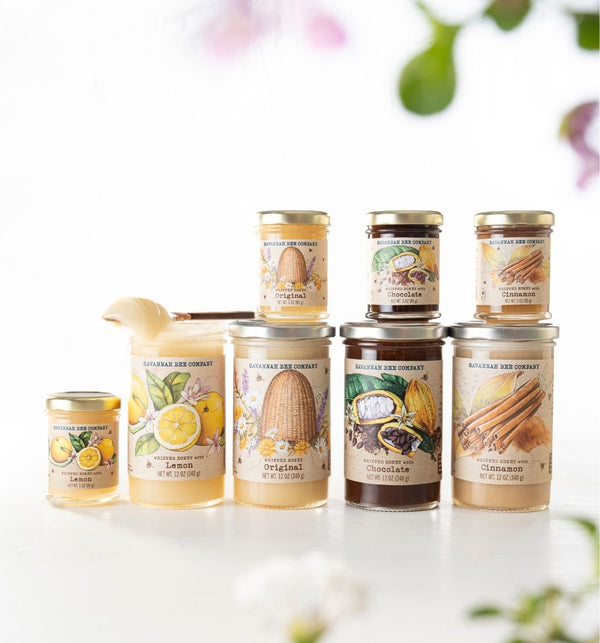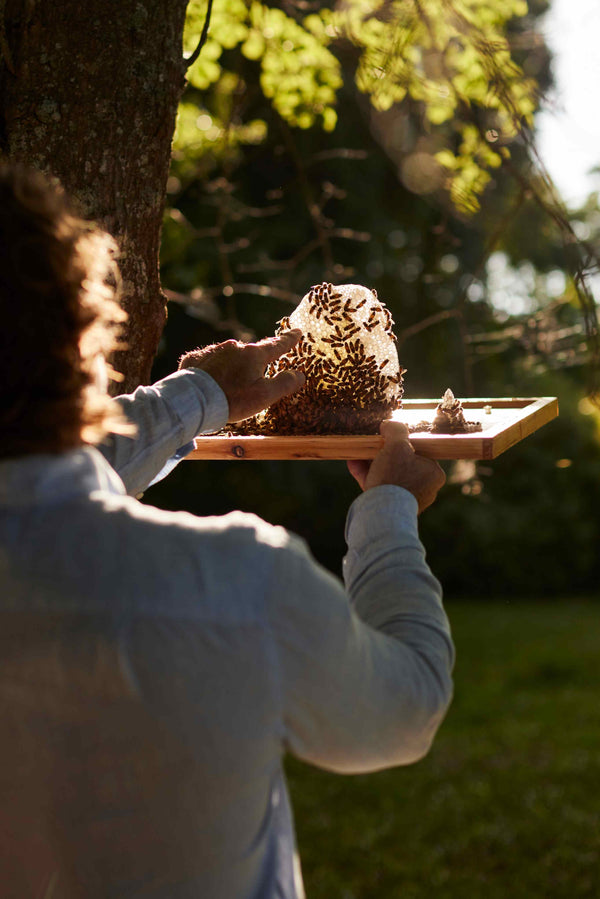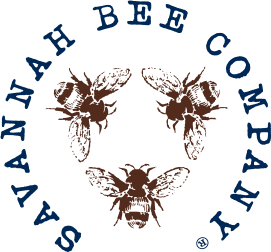The Legend of Acacia Honey

In the heart of Europe, where the Danube meanders through the hills, Hungary is a host of natural splendor. Dotting the hills are acacia trees, their slender branches reaching towards the sky, adorned with delicate blossoms that fill the air with sweetness.
Hungary, a landlocked country in Central Europe, is steeped in history and rich cultural traditions. Among its many contributions to the world, Hungary's legacy in beekeeping and honey production stands out as a testament to its deep connection with nature.

Hungary's geography is diverse, featuring plains, hills, and rivers, with the majestic Danube and Tisza rivers coursing through it.
The country experiences a continental climate, with cold winters and warm summers, creating an ideal environment for a variety of flora and fauna, as well as an ideal environment for beekeeping – a practice deeply rooted in the country’s history and traditions.
The History of Beekeeping in Hungary
Beekeeping in Hungary can be traced back to ancient times. The Hungarians, or Magyars, who settled in the Carpathian Basin in the late 9th century, brought with them a tradition of animal husbandry, including beekeeping.
The country's diverse flora provided an abundant source of nectar, making it an ideal place for apiculture.

Historical records from the Middle Ages highlight the importance of honey and beeswax in Hungary, not only as food and candle material but also as commodities for trade.
Monasteries played a crucial role in advancing beekeeping techniques during this period, refining methods of hive construction and honey extraction.
Contemporary Beekeeping in Hungary
Today, beekeeping remains a vital part of Hungary's agricultural landscape. The country is home to thousands of beekeepers, from small-scale hobbyists to large commercial operations.

Hungary is one of the most substantial honey producers in Europe, with Hungarian honey being exported to many countries around the globe. There is one honey that they’re especially known for, and it’s one of our favorites – the acacia honey.
Acacia Trees
The Hungarian countryside is blanketed with acacia groves, which play a pivotal role in the production of acacia honey, one of Savannah Bee Company’s most cherished honeys.
Acacia trees, also known as Black Locust trees, were introduced to Hungary several centuries ago, because of the ideal weather in Hungary, they began to thrive.

“Centuries ago, they imported our black locust trees, that grow on the east coast of the U.S., to eastern Europe,” our founder, Ted Dennard, explains. “It was a real hard wood; they used it for windows and furniture and stuff like that. But then it just took over.”
Acacia have since become integral to local beekeeping. They bloom early in spring, providing bees with a rich source of nectar at a crucial time. This results in the production of acacia honey, known for its clear appearance, mild flavor, and slow crystallization process, making it a favorite among honey enthusiasts.
Internationally Beloved Honey
“Acacia is a world honey show winner, it’s recognized as one of the best honeys in the world,” Ted brags on Acacia honey. “There’s such a soft taste to it, so light and sweet.”
The best ways to use Acacia Honey? “For coffee or tea, acacia’s perfect. It doesn’t overpower anything you put it on. That’s why people like it. It helps the flavor of what you put it on stand out. You’re just gonna get that honey sweet.”

Acacia honey, beyond its culinary appeal, symbolizes the connection between Hungarian beekeepers and their environment. The production of this honey not only supports the local economy but also contributes to the preservation of biodiversity through the pollination activities of bees.
The abundance of acacia trees and the premium quality of the honey produced from them highlight the symbiotic relationship between Hungarian beekeeping and the country's unique acacia legacy.
Piqued your interest? Try our Acacia Honey, straight from the hills of rural Hungary - you can just taste the history.
#savethebees
Published



